Hello and welcome to my Woodworking page.



This Tudor Revival styled house is the Ernest Albert Coxhead house in San Mateo, CA., National Register # 00000322.



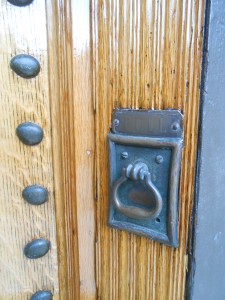
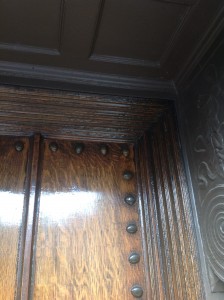

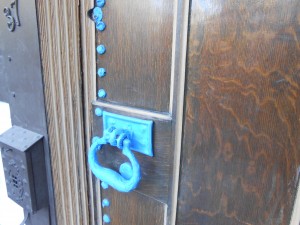



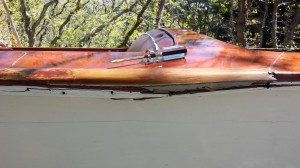
Thanks to Ellis Planing Mill for sponsoring the Mahogany needed to repair the 1957 Higgins boat!




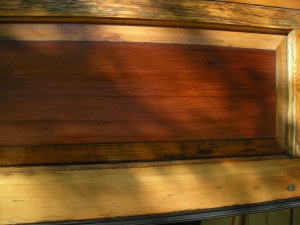
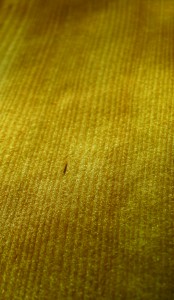

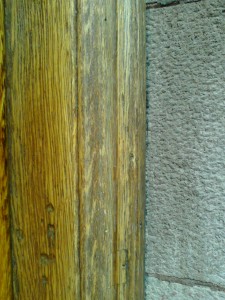
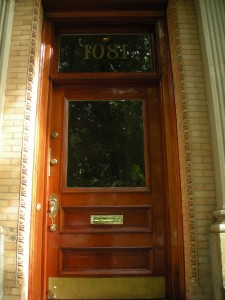
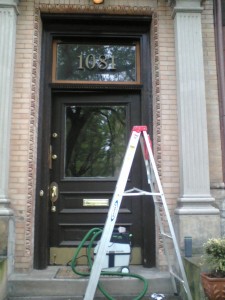


Natural Line Studio












